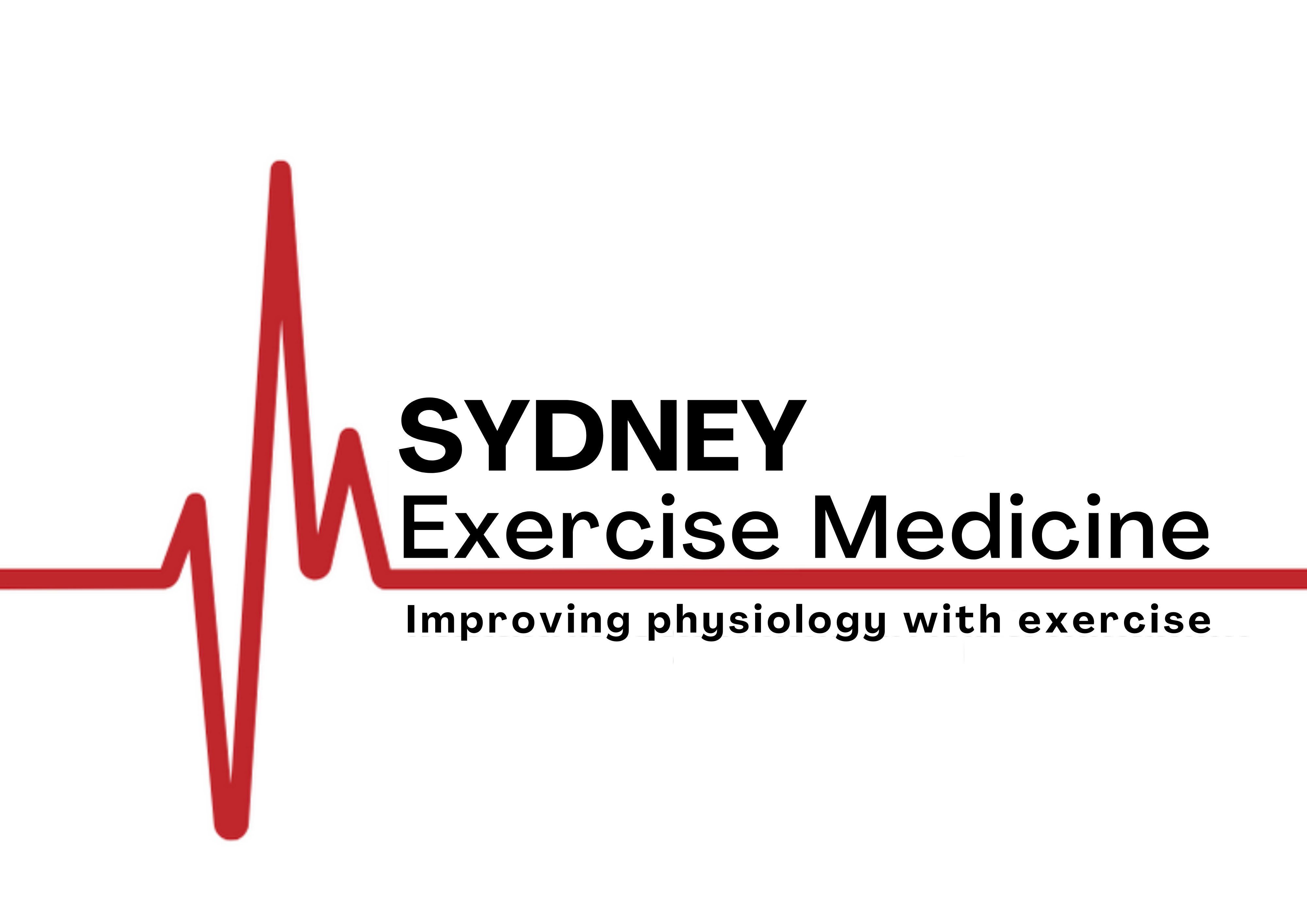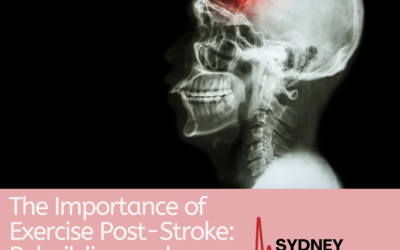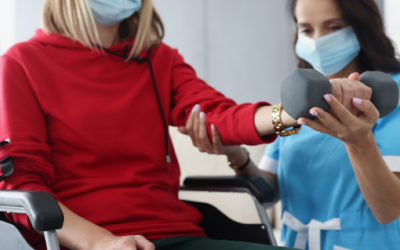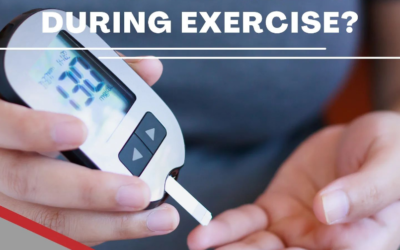After surviving a stroke, the road to recovery is often long and challenging. While medical interventions play a crucial role, the significance of exercise post-stroke cannot be overstated. In this article, we will delve into the reasons why incorporating physical...
Blog
Group Training Vs. One on One exercise services
Group exercise classes may be enticing due to the atmosphere and social aspects involved, but if you really want life-changing benefits to take your health to the next level, 1-on-1 exercise training is the way to go. Here, we delve into the advantages of personalised...
Benefits of Exercise Physiology for individuals living with Autism: An Encouraging Therapeutic Approach.
Autism, also known as autism spectrum disorder (ASD), is a neurodevelopmental disorder characterized by challenges in social interaction, communication difficulties, and restricted and repetitive behaviours. As a parent of a child living with autism, you are likely...
Two Tips to Improve Blood Glucose Control
Two Tips to improve blood glucose control and insulin sensitivity! Effectively managing Type 2 diabetes involves more than just medication and food choices. Incorporating exercise and movement can significantly impact blood glucose levels, overall well-being and...
Exercise for individuals living with Down Syndrome: Benefits and Considerations
Exercise is a fundamental component of a healthy lifestyle for people of all ages and abilities. However, its significance is even more pronounced for individuals living with Down syndrome (DS). Down syndrome is a genetic condition caused by the presence of an extra...
Empowering Life with Multiple Sclerosis: The Vital Role of Exercise Physiology for Multiple Sclerosis.
Multiple Sclerosis (MS) is a complex neurological condition that affects millions of people worldwide. While it can pose significant challenges, there is growing recognition of the transformative impact that exercise, in conjunction with exercise physiology expertise,...
Shin Splints: An Updated Review on Causes, Management, and Prevention Strategies
Shin Splits – Risk factors include bio-mechanical inefficiencies like flat feet or high arches, weak core or leg muscles, improper training regimens, poor footwear, and sudden increments in exercise intensity or volume
Exercise Physiology and NDIS related disabilities
Unlocking Potential: The Role of Exercise Physiology in NDIS-Related Diagnoses
My Journey As An Exercise Physiologist In Sydney
In a world where health and well-being are at the forefront, the profession of exercise physiology has emerged as a pivotal force in preventing and managing diseases and disabilities
The BEST exercise for Type 2 Diabetes
Type 2 diabetes is a disease that affects millions of people worldwide and is on a continuous increase. It occurs when the body’s cells become resistant to the hormone insulin, causing a compensatory increase in the insulin hormone (insulin resistance) and overtime...










